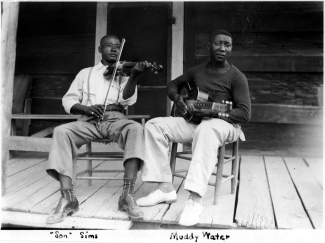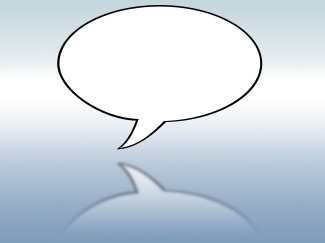
The “meta” formation of the old saw of technology journalism is to say that “calling technology ‘X’ dead, is dead.” In its most entertaining usages, the “is dead” formulation refers to a disruptive change in the infrastructure of computer technology. It’s a way to tell the story of changing fortunes in the feudal kingdoms that have come to dominate our technology landscape. There’s a fierce battle for the tip of the spear. These kingdoms have variously been called platforms or technology ecosystems. And rather than the use of force, we see our personal stories rewritten such that it’s impossible to imagine living without the devices and services delivered, like clockwork, each day to the leading edge.

Technologist and hands-on thinker, Jon Udell recently wrote about MOOCs on his blog. MOOCs attempt to impose a digital industrial model of production onto university education. An infinite number of uneducated young adults are dumped into a chute, a crank is turned, and some smaller, but still significant number, of educated adults are spewed into society through the other end. It’s a model where technology is used on students — Udell prefers his thinking to be hands on, he wants to see technology used by students. In support of this effort he’s made a key strategic decision, he’s retreated from the fierce battle for the leading edge. Here’s Udell on the value of the trailing edge:
And while I was often seen as an innovator, the truth is that much of my work happened on the trailing edge, not the leading edge. The Network News Transfer Protocol (NNTP) was already ancient when I was experimenting with ways to adapt it for intranet collaboration. Videos of software in action had been possible long before I demonstrated the power of what we now call screencasting. And iCalendar, the venerable standard at the heart of my current effort to bootstrap a calendar web, has been around forever too.
There’s a reason I keep finding novel uses for these trailing-edge technologies. I see them not as closed products and services, but rather as toolkits that invite their users to adapt and extend them. In Democratizing Innovation, Eric von Hippel calls such things “user innovation toolkits” — products or services that, while being used for their intended purposes, also enable their users to express unanticipated intents and find ways to realize them.
No one is fighting for dominance of trailing edge technology. Yet the landscape is strewn with valuable technologies left behind by the big technology silos battling each other for monopoly position at the top of the hill. Modern digital computer technology moves so quickly that it’s often forgotten how slowly societies comprehend and incorporate new technologies. The telephone and the television have not been fully understood and digested by society. The VCR became obsolete well before the average person could program it to record a television show at an appointed time.

RSS is famously, dead. It’s been shouted from the mountaintops of every snarky technology blog around the valley. Clearly the RSS syndication format is no longer a potent weapon in the battle for the leading edge. But along with some of the other technologies Udell mentions, RSS has joined the undead. This makes it an excellent candidate for a “user innovation toolkit.” Undead technologies continue to function and roam the landscape despite being casualties of the war for technological dominance. The trailing edge of the undead is the most fertile ground for finding and creating non-violent technological solutions to the problems faced by ordinary people in their daily lives. More importantly, they are the means by which ordinary people can fashion their own solutions.
Technology is a kind of thinking with your hands. It’s something each of us does everyday. And despite what we read on our screens, most of it isn’t digital.






